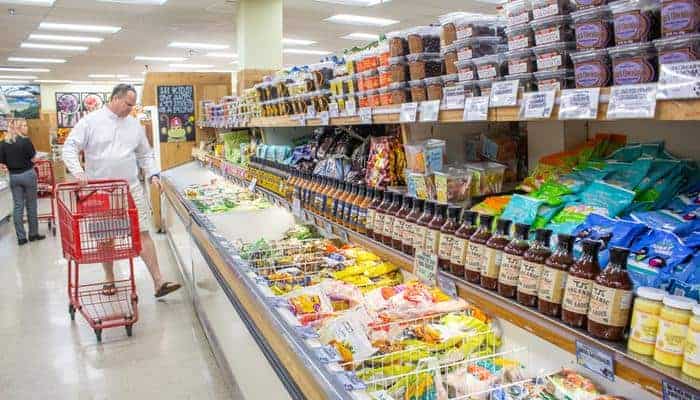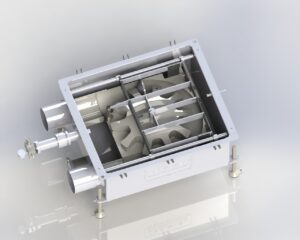The evolution of the processed foods industry marks a significant chapter in the history of human consumption. From its humble beginnings to its current status as a global powerhouse, this industry has undergone tremendous changes. This article delves into the fascinating journey of the processed foods sector, exploring how technological advancements, consumer preferences, and economic factors have shaped its growth and transformation over the years. Join us as we unravel the dynamic story of this ever-evolving industry.
Why Is the History of the Food Industry Important
From farm to fork, from field to plate, from seed to shelf… More and more people are looking to learn as much about their food as possible in today’s day and age. Consumers want to know where their food was grown and produced, who grew it, and how. The same thing can also be said about the ingredients used in the food. To get a broader perspective on food ingredients, consumers and producers alike need to look at the history of food.
It’s been a long while since humanity has moved away from its hunter-gatherer ways to farming, animal husbandry, food processing by hand, and ultimately to modern-day farming and food production. What this evolution of food acquisition, production, and processing stands to highlight is the changes in technologies used in the food industry.
Processing Is a Necessary Aspect of the Food Industry
While some food types can be eaten raw, such as fruits or vegetables, most foods need some degree of processing to ensure safety and digestibility. In many cases, food processing will also improve the food’s color, flavor, and texture, and it helps meet customer expectations.
It’s usually not possible, convenient, or even healthy to avoid processed foods all the time. Contrary to popular belief, food today has never been safer, more nutritious, or delicious than at any other time in the past. It was mostly the Industrial Revolution’s innovations during the late 18th century and, after that, led to the many quality improvements we enjoy today.
What Falls Under Food Processing Exactly?
To put it simply, food processing can be described as a variety of operations through which raw ingredients are adapted for cooking, storage, and consumption. Even simple procedures such as washing, peeling, juicing, or removing inedible parts, can be considered part of processing. Food processing includes all actions that will substantially change the initial product, such as heating, curing, smoking, maturing, marinating, drying, extraction, or extrusion.
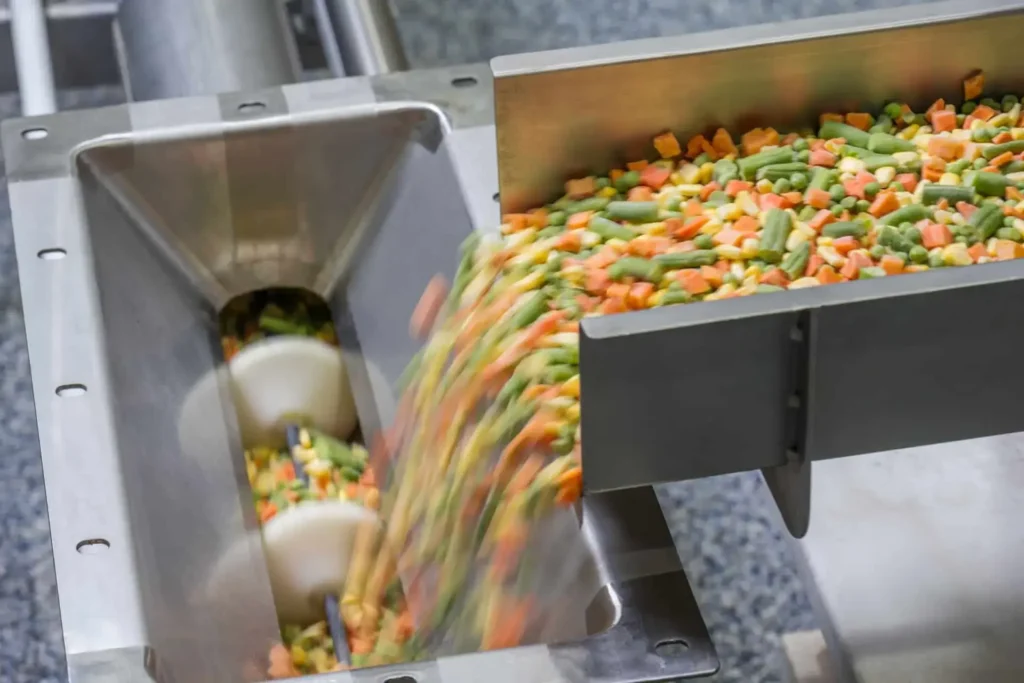
The Early Beginnings of Processed Foods
Food processing has been around since prehistoric times. Humans have been using fire for at least 250,000 years, which also introduced cooking as a form of food processing. Cooking improved the safety, digestibility, and palatability of food for prehistoric people. More complex types of processed foods appeared during ancient and medieval times. These techniques included everything from pickling to fermenting vegetables, salting and smoking meats, steaming vegetables, cheese-making, sun-drying, bread baking, and more.
These basic food processing methods involved various chemical and enzymatic changes to the food’s basic structure when it was in its natural form. This served several purposes, the most important being a barrier against microbial activity. Processed foods made up a significant part of the human diet when eating fresh foods was impossible. This included everything from regular seasonal changes to crop failures or even wars.
Salt, for example, was an especially common type of food preservative used throughout the ancient world. Sailors and marching armies, in particular, relied heavily on salted, smoked, and other such processed foods until the introduction of various canning methods. Both archeological and written historical evidence point to these food processing methods and preservation across the ancient world.
This applied to the Greek, Egyptian, and Roman civilizations and other parts of Europe, the Americas, and Asia. These were tried and tested methods of food processing that remained virtually unchanged until the Industrial Revolution. But even before then, there were some examples of ready-to-eat meals like the famous Scottish Haggis or the Cornish pasty.
Processed Foods in the Late 18th and 19th Century
The late 18th and 19th century introduced us to mass-scale production and food processing, primarily to cater to the military. In 1809, Nicolas Appert invented the hermetic bottling technique. This method was used to preserve food for French troops and contributed to future processing and preservation techniques such as tinning and canning. These were invented only a year later by Peter Durand.
Even though they were expensive to produce – and somewhat hazardous because of the lead used – canned foods would soon become a staple worldwide. About half a century later, in 1864, Louis Pasteur discovered pasteurization. This technique significantly improved the quality and safety of processed food and introduced better preservations for beer, wine, and milk.
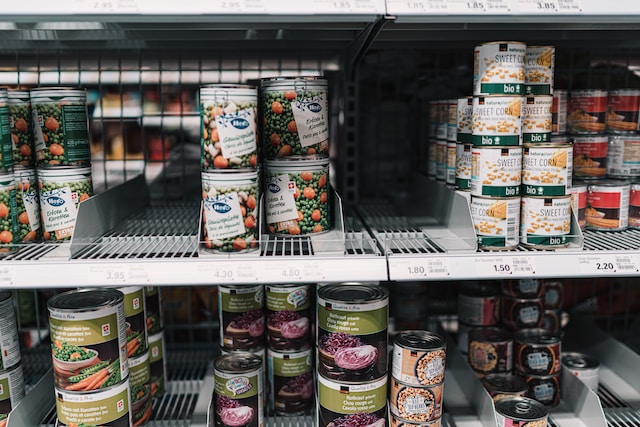
Innovations in the 20th Century
Europe underwent severe malnourishment during the first half of the 20th century, which was, in large part, caused by World War I, the economic depression, as well as the influenza virus pandemic. As a result, mass food production began focusing on sustaining Europe’s population. This included the reduction of food-borne diseases, nutrient deficiencies, and malnutrition. This is achieved by providing protein-rich, energy-dense, and vitamin-fortified foods to large sections of the population.
World War II and the Second Half of the 20th Century
After World War II, the subsequent Cold War, the space race, and the rising consumer society in the developed world, processed foods became even more advanced. New technological innovations in the food processing industry, such as spray drying, freeze-drying, juice concentrate, artificial sweeteners, coloring agents, and various preservatives such as sodium benzoate, have ushered in a new era of food types in people’s diets.
By the late 20th century, reconstituted fruits and juices, instant soups, frozen meals, and MRE (meal, ready-to-eat) military food rations were developed. Blenders and microwave ovens, among other technologies from this same period, paved the way for today’s convenience cooking. The second half of the 20th century saw a steep rise in convenience across North America and Western Europe.
Middle-class mothers and working wives were the prime target market for most food processing companies. Often credited to Clarence Birdseye, frozen foods saw their best success in juice concentrate and the so-called TV dinners. Marketers used the perceived value of time to sell their “convenience foods” to the postwar population to great effect. Somewhat unsurprisingly, the same appeal is used today when it comes to ready-to-eat meals.

Today’s Driving Factors Behind Processed Food Sales
Mass food processing and production still serve an important role in the 21st century. Without these processes, consumers around the world would be restricted to food types that are produced locally. These would be highly limiting factors for most of the population, especially for those living in urban areas. By having access to an increased food offer, people can diversify their diet, which helps provide a healthier and more comprehensive mix of nutrients.
The many factors that influence today’s consumers regarding their food choices include quality, appearance, price, taste, health, habits, family preferences, safety, production methods, brand names, country of origin, availability, and avoiding various allergens. People’s eating habits have changed over time, driven by time pressures and increased convenience. More people are eating out-of-home today than at any other time in the past.
Additionally, food choices can also be driven by emerging trends on the world stage. These can include everything from foods that are considered organic, fair-trade, or those perceived as environmentally sustainable. Over the past several decades, consumers have grown increasingly health-conscious and more interested in maintaining and improving their well-being through healthy diets.
The Effects of Food Processing on the Nutritional Value
Simple procedures such as washing, cutting, and packaging fresh fruits and vegetables have minimal effects on the initial nutritional quality. More complex processes, such as heating and boiling, will increase the overall safety and reduce vitamin content. Water-soluble vitamins, such as vitamin C, are especially susceptible to heat treatments.
For instance, up to 40% of the vitamin C content can be lost while boiling peeled potatoes. The total vitamin loss is dependent on the heating time and temperature. The process of blanching the vegetables for a few minutes, followed by freezing, drying, and canning, will retain most of the vitamins and minerals.
Refined grains, like white rice, pasta, or bread will contain lower levels of dietary fiber, as well as vitamins and minerals than their whole-grain alternatives. These can, however, be added back after milling by a process known as enrichment. In other instances, food processing can also make nutrients more readily available for our consumption.
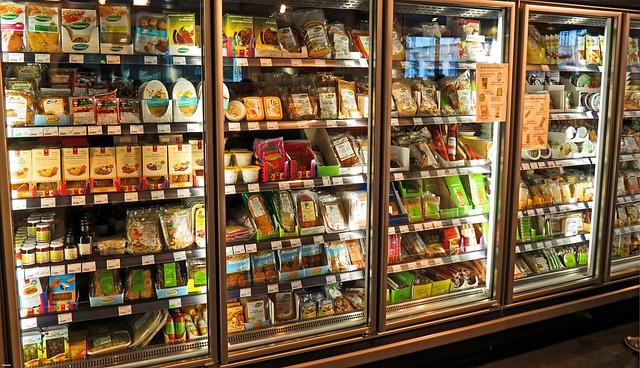
Cablevey Conveyors Offers Outstanding Conveyor Technologies for Food Processing
Cablevey’s tubular drag conveyor systems are perfectly suitable for conveying various types of processed foods without breakage and in a sanitary way. Tubular cable-and-disc assemblies move food material through an enclosed tube while also consuming less energy than other traditional conveyor systems used in the food processing industry, like conveyor belt systems.
The motors used are 7.5hp or less and can transport up to 2,000 cubic feet of food product per hour (42.4 m3/h). The risk of cross-contamination, breakage, separation, and degradation is kept at an absolute minimum, and so is wear and tear, as well as the need for maintenance. Cable and disc conveyor systems are also self-cleaning, thanks to the wipers that constantly clean the tube. Additionally, a clean-in-place (CIP) system can be used, which is a very simple design for cleaning.
Cablevey’s conveyors move material vertically, horizontally, around corners, and at angles to fit the needs of each facility. Cablevey Conveyors can be your partner from the development stage to creating a product and testing the market. These enclosed tubular drag conveyors are custom-designed and can fit into any processing scheme and manufacturing space. Our conveyors can be engineered to service every part of your production process – from mixing to baking and cooking to packaging.
Contact Us for the Best Conveyor Solutions on the Market
In the realm of conveyor technology, Cablevey Conveyors stands as a beacon of innovation and reliability. Our commitment to delivering the best conveyor solutions on the market is unwavering. With years of expertise and a passion for excellence, we offer an extensive range of industrial conveyor systems tailored to suit the diverse needs of various industries. Our solutions are designed to maximize efficiency, ensure product integrity, and minimize waste.We offer advanced tubular conveyor systems that set the standard for gentle, hygienic, and energy-efficient material transport. Don’t compromise on quality – reach out to Cablevey Conveyors, your go-to conveyor technology manufacturer. Our team is ready to assist you in finding the perfect solution to elevate your operational efficiency. Contact us today and take the first step towards optimized material handling.

